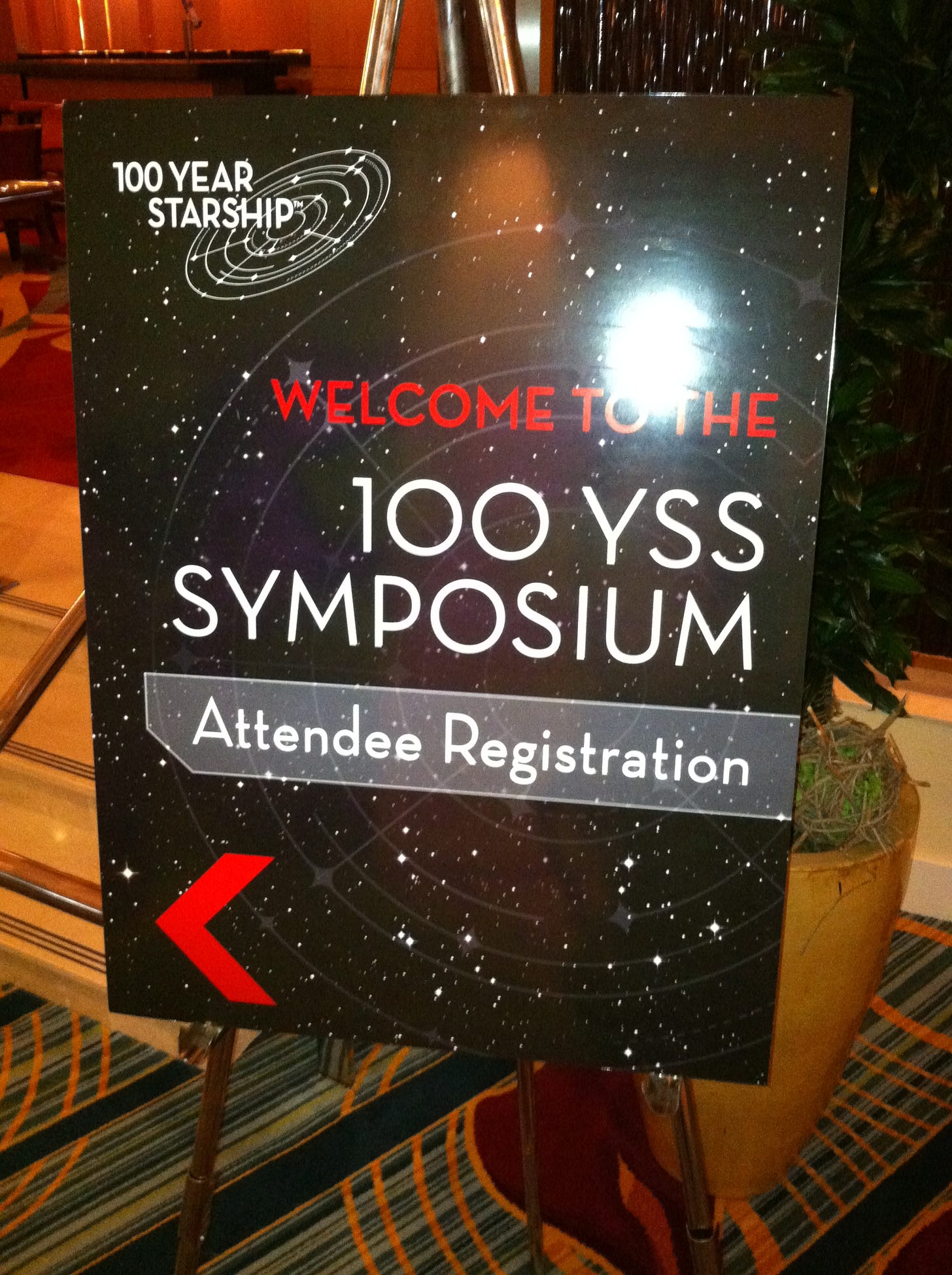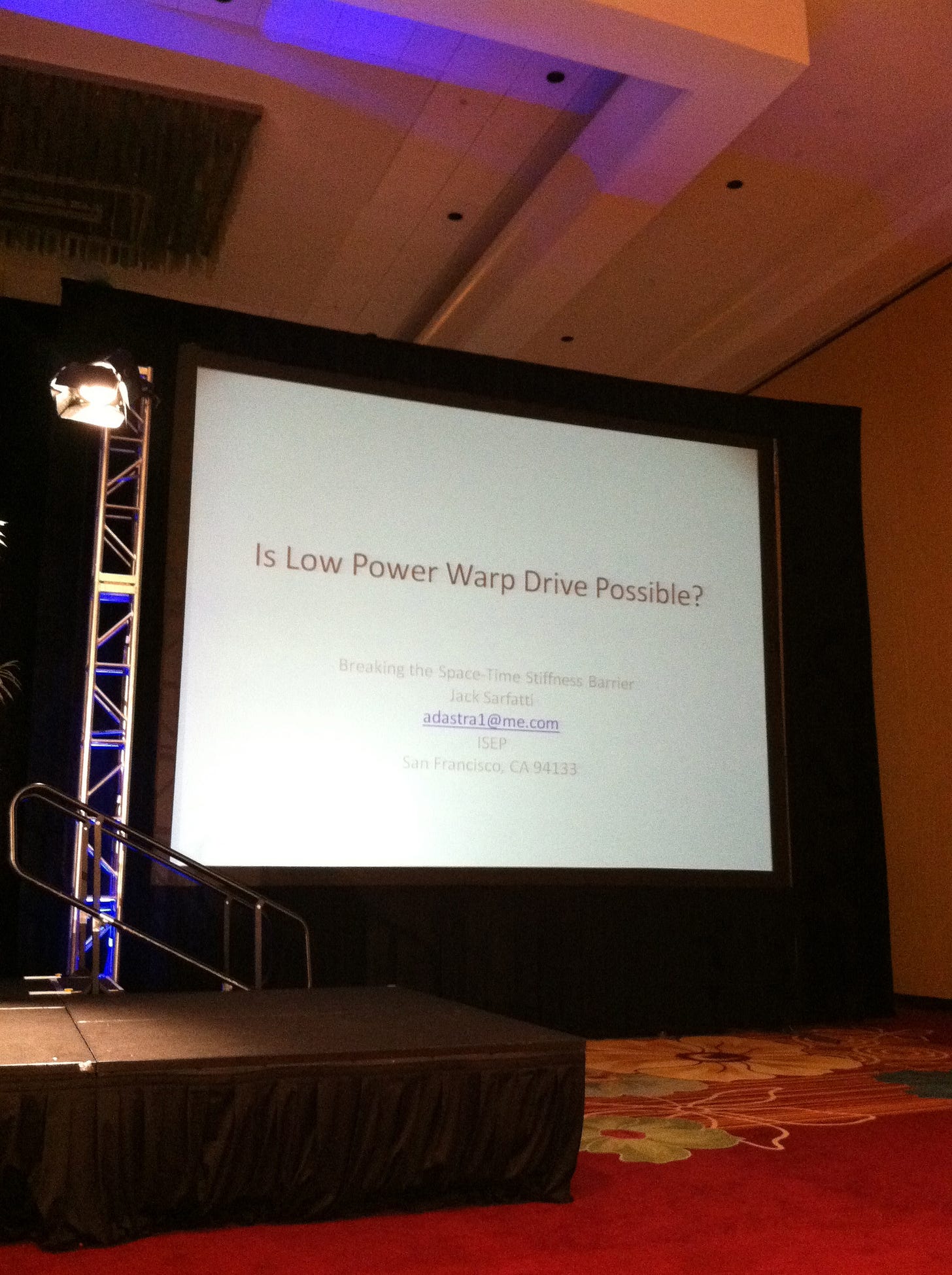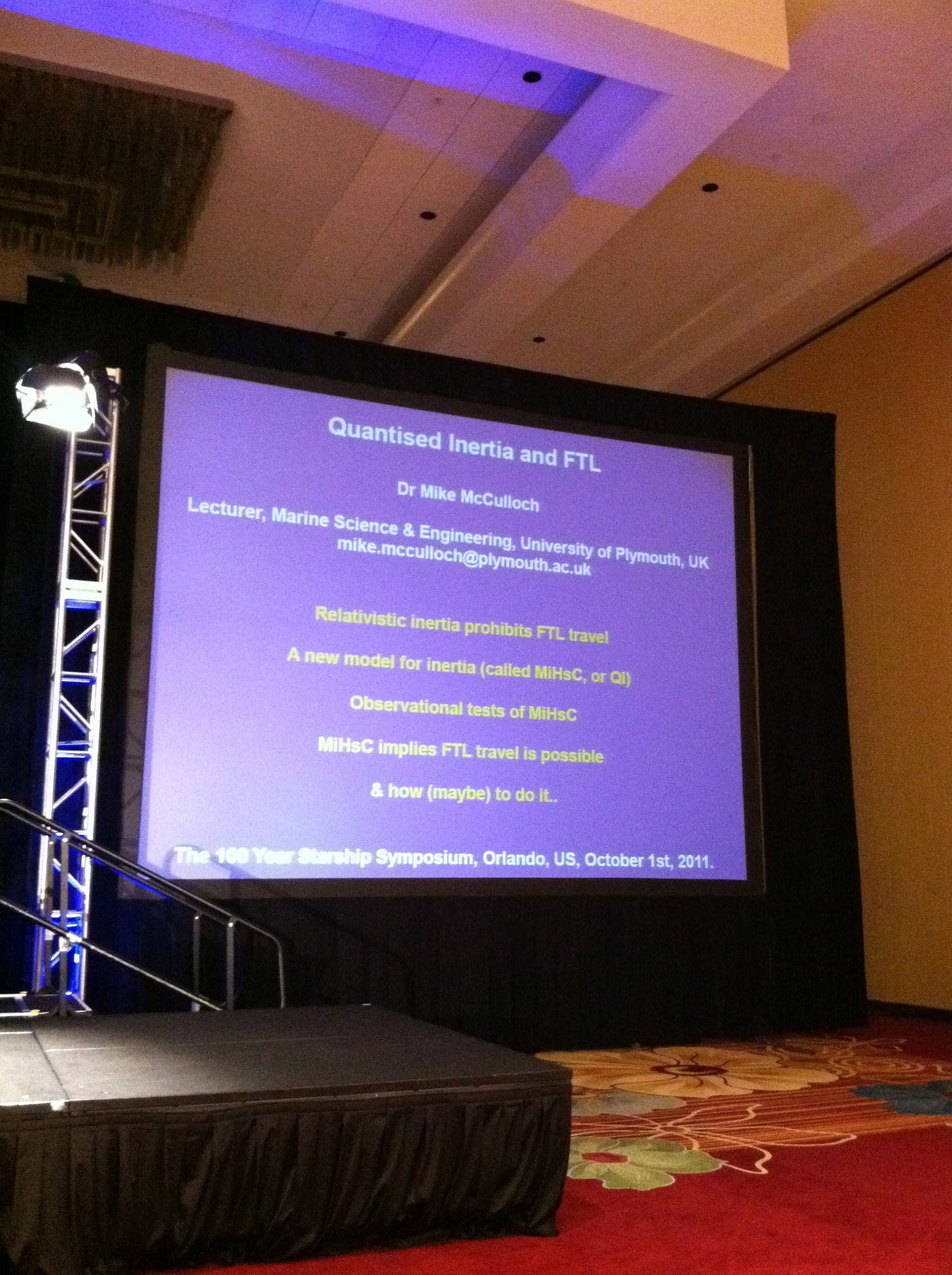It's OK to Take the Next Flight Out
New tech is sooo tempting, but it's usually better to wait out the hype cycle
Welcome to the latest entry in The Captain’s Log…
I’m your host, Bob, and my mission here is to share personal, behind-the-scenes stories of ups and downs from my career leading tech startups and corporate innovation.
I write to make you think, smile and discover a shortcut to success or a trap to avoid. Here we go…
For thousands of years, human technology barely improved. The stone hand axe was the state of the art for our ancestors’ survival for at least 1.5 million years. Today, things move a helluva lot faster, and for needs much less basic than survival.
Lately we measure the success of new ideas by the time it takes to get to 100 million users. Instagram got there in 2.5 years in 2010. TikTok broke its record, taking 9 months to get there. Last month, the A.I. app, ChatCPT took off like a rocket, hitting a new best of 2 months to 100 million users. In the process, it has spawned countless startups and big company efforts to win the A.I. market.
But A.I. startups are already folding almost as fast as they arise. Last week I got an email from Feather A.I., a promising app that allows users to upload a video and get both a written transcript and summary of the content. Our team was testing it and hoped to use it for video interviews of our recruiting candidates. Alas, they’ve given up before getting out of beta. The explanation was pretty simple:
“AI is getting commoditized, and we can’t keep up.”
But even ChatGPT itself seems to be getting eclipsed. Traffic declined for the first time—down 10% in June 2023—and those fewer visitors spent less time on the app. And numbers are also down for A.I. tools from Microsoft and Google. This week ChatGPT even lost its record—in record time—as Meta’s launch of Threads got to 100 million users in its first week.
(And a million business leaders exclaimed: “Oh, shit, I guess we need a Threads strategy now…”)
Maybe it’s a good time to catch our collective breath…
The Hype Cycle is for Suckers
“The AI revolution just ratcheted up the speed bar for startups. You think you’re moving fast enough. You’re not.
You are living in a unique moment. A transition period. And you’re running out of time.”
So says James Currier, partner at NFX and multi-exit startup founder, before launching his investment firm. Currier has been on a campaign at Bay-area events and across many media channels, cheering for founders to move faster, Faster, FASTER!
Never mind that founders are already running as fast as possible under the pressure of one of the lowest investment markets in years. Forget that investors were pushing founders into Web3, crypto, and NFTs just last year. That hasn’t turned out well. Let’s also ignore that none of Currier’s successful startups was “first” in highly-hyped technology spaces.
But Currier is an investor now, and investors count on thousands of founders to start climbing the hill in hopes of backing one of the ten that will reach the summit. But those of us climbing can’t play the odds like this. We’ve got one chance every several years, and those years of work are a lot harder than listening to pitches, writing checks, and dialing into board meetings.
I’m usually a big fan of Currier’s writing. He has put a lot of work into sharing tips for success with founders that desperately need shortcuts and solutions. I understand and share his enthusiasm for innovation, including this round of A.I. In fact, I feel this so much that there have been several moments where my team and/or I feel compelled to throw away our current business plans and dive right into this new space.
But this is the problem. Entrepreneurs and innovators like you and I have a weak spot for what’s next. And when investors, the media, and all of our friends start talking excited about the potential—and that we’re going to be left behind if we don’t move faster—it’s a distraction that can kill our companies and potential for improving customers’ lives.
We need fewer hype men and more methodical discovery. We need to know it’s OK to slow down and see how things shake out.
Add to Cart Ahead of Its Time
It’s April 2017, and I’m struggling to gain control of the discussion in our weekly sales team meeting, but everyone is talking about e-commerce. Our company is a leading Influencer Marketing solution for packaged goods companies and the retailers where they are sold. We work with most big players—the P&Gs, Krafts, Walmart, and Krogers. And all of these companies are getting more focused on e-commerce.
The promise is huge, of course. Brands see the world shifting to e-commerce and have a pattern of investing ahead when consumers move to new channels (e.g., Walmart, Club, Dollar). The economics of e-commerce is much better in terms of both brand loyalty and return on ad spend. And since e-commerce is happening in every other retail corner, everyone knows it will hit traditional grocery and mass stores eventually.
Back in our meeting, our Northeast sales leader, Rob, is excited about the potential to sell in campaigns to our clients’ e-commerce teams and add click-to-buy features to our regular social creative. And our Southwest seller, MaryAnne, fears she’s going to lose business to a new, well-funded competitor that is pushing e-commerce features. Suddenly the whole team is asking for e-commerce solutions to sell.
I’m excited, too, as their arguments are strong, and we’ve grown our business over existing, entrenched competitors by bringing our clients a continuous stream of innovation. They look to us to lead their thinking. But we have a process for this, and we need to stick to it.
Kristin, our new product leader, takes control of the meeting. Many months ago, we created this new position just for such opportunities. We invited Kristin to sales meetings so she could get direct input and access to our people on the frontlines. And she created a process for evaluating, testing and expanding new product ideas. She quickly settles the team down and takes responsibility for quarterbacking our e-commerce efforts from here.
Kristin and I fill-in a 1-page template that we created to assess new ideas, and this one scores high enough for us to make it a priority. In the weeks ahead, Kristin identifies the lowest-hanging fruit: a click-to-buy or add-to-cart functionality that we can add to our current campaigns. For example, when a consumer sees an influencer recipe, this would allow them to click and add the ingredients to a retailer’s virtual cart. Kristin talks with the tech team to see what it would take for them to build this and had meetings with some of the leading companies that offer plug-and-play solutions. She recommends the best MVP test is to work with another startup that has a strong product and partner-minded team.
Kristin returns to the sales meeting with a testing plan and asks the group for 1-2 upcoming campaigns where clients would be willing to test with us. She gets some bites and spends the next few weeks working with the client team and external partner. There are a few issues to work out, but eventually, it’s up and running. We launch the 3-month campaign, which will reach millions of targeted eyeballs. It takes an additional week for data to come in.
Result: $11 in sales.
We’re somewhat disappointed but not at all surprised. It’s 2017, after all. The acceleration of buying food online won’t happen for years when retailers get better at pick-up and delivery—and COVID forces our habits to leapfrog forward.
There’s also lots to be happy about! We no longer fear competitors who are pushing e-commerce, we’ve helped our clients learn that they shouldn’t invest too far ahead of the curve, and we’re able to move our new product efforts onto our next idea instead of wasting time on something that’s ahead of its time.
Look for the Unlock
In business school, I was a teaching assistant for marketing professor Peter Golder. While I graded class papers, he researched for his book, Will & Vision. The data he discovered, and the thesis of his book, is that almost all of the leading companies we associate with “first” in a category were not the first to market. From disposable diapers to online bookstores to ride-sharing, it was a follower who got it right and opened up the market—often much later than when the actual first entrant launched.
The follower waits and watches to see what happens in a new area, studying what is needed to make it huge. Often this is some other enabling technology and/or articulation of the need. In disposable diapers, P&G was not first; it saw the potential for mass adoption but knew that the cost needed to get down to 10 cents per diaper. And the company spent ten years working to get there before launching Pampers.
There were many Mp3 players before the iPod, but they could only allow about ten songs through a clunky interface. It took Apple to develop a bigger storage drive and software layer to unlock the potential of portable, digital music.
Instead of leaping immediately into a new market, it’s almost always better to watch it evolve and look for a specific application that beautifully solves a customer's need. Look especially for enabling technologies. For example, the Internet existed for years, but AOL and Netscape made it a mass media, unlocking countless new business opportunities. Uber couldn’t exist until smartphones with GPS were adopted broadly. These products were infinitely more useful and user-friendly than today’s ChatGPT or DALL-E.
Stay curious and keep experimenting, but just be wary of betting the company on the thing everyone’s talking about right now.
The 100-Year Starship
Let me share one more story that sticks in my mind like a mental splinter…
In October 2011, I left the digital agency where I was a partner. We had completed a long earn-out in selling our company, and I didn’t have an interest in being part of a giant corporation. I had no plans to take a job somewhere else or start another company yet. Suddenly I had a lot of free time.
As I packed up my stuff in my last week on the job, I came across an article about an upcoming conference sponsored by DARPA called “The 100-Year Starship Symposium.” The purpose was to bring together a variety of professors, engineers, and assorted sci-fi geeks to discuss alternative plans to send humanity to other solar systems. It was open to the public. I booked a flight and headed to Orlando. My wife and friends feared I was having a mid-life crisis.
It was geek-heaven and a complete break from everything I had spent my career doing. I met some interesting people, learned about fascinating technology, and successfully cleared my head. But, of course, I couldn’t help but find links between my career in marketing innovation and these experts’ presentations about alternative space travel strategies.
One thing, in particular, struck me. It was the idea that the rate of technological progress might make it smarter to wait. Specifically, if we launched a ship today with current technology, it would take 10,000 years to get to Alpha Centauri. But 50 years from now, our technology will advance, and a trip launched then might take “only” 1,000 years. So the second ship would pass the first one long before it arrived. Wait another 50 years, and both ships will get passed.
Startup entrepreneurs and corporate innovators have a rare, valuable drive that keeps us reaching for the stars. We desperately want to get out there and fear getting left behind. But we’ve got to keep our feet on the ground and take smart small steps to get there through a journey that will likely take several years.
As always, thank you for reading and sharing my posts. The more subscribers I get, the more motivation I have to keep writing!
Bob Gilbreath is a 2x-exit entrepreneur and co-founder of Hearty, a curated matchmaking service that combines top software developers with early-stage, venture-backed startups.










